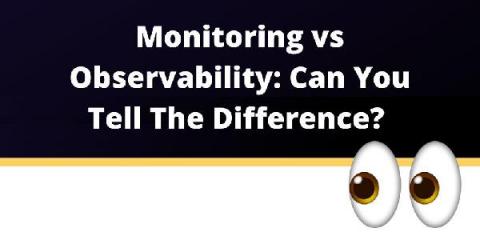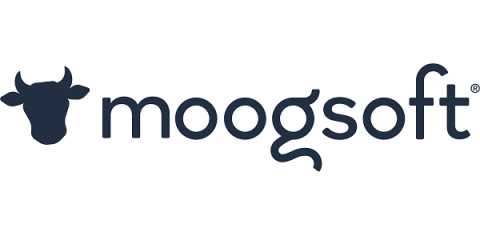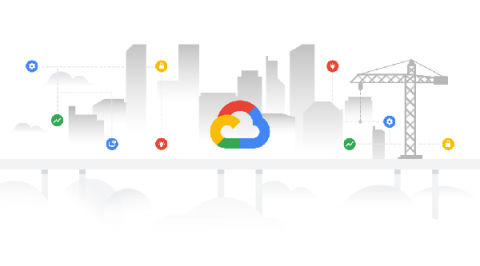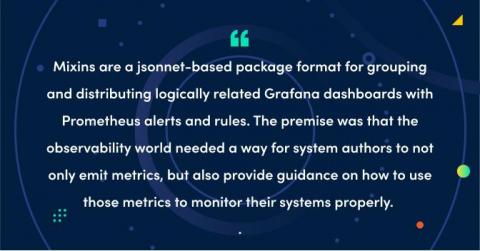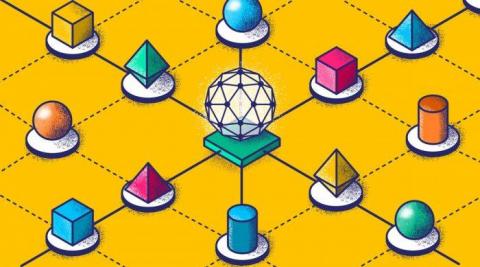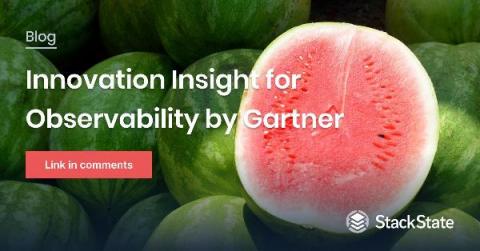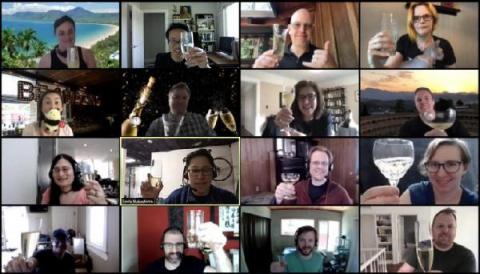Operations | Monitoring | ITSM | DevOps | Cloud
January 2021
Monitoring vs Observability: Can You Tell The Difference?
Monitoring vs observability – is there even a difference and is your monitoring system observable? Observability has gained a lot of popularity in recent years. Modern DevOps paradigms encourage building robust applications by incorporating automation, Infrastructure as Code, and agile development. To assess the health and “robustness” of IT systems, engineering teams typically use logs, metrics, and traces, which are used by various developer tools to facilitate observability.
Discord Bot Part 2: More Observability
I’ve recently started working on a new project to build a Discord bot in Go, mostly as a way to learn more Go but also so I can use it to manage various things in Azure and potentially elsewhere. I figured it’d be useful to document some of this project to give some insights as to what I’ve done and why. Next up is the bot itself and how I integrated it into Honeycomb to get some visibility on how different commands are running.
Achieving the Observability Imperative Requires AI
The shift to Observability Over the last six months, unified monitoring, log management, and event management vendors have reoriented their technology portfolios (often without any change to the underlying functionality) towards Observability. In so doing, a fair amount of confusion has been generated in the market.
LeadDev Live 2021- Habits of highly-performing teams
Take the first step toward SRE with Cloud Operations Sandbox
At Google Cloud, we strive to bring Site Reliability Engineering (SRE) culture to our customers not only through training on organizational best practices, but also with the tools you need to run successful cloud services. Part and parcel of that is comprehensive observability tooling—logging, monitoring, tracing, profiling and debugging—which can help you troubleshoot production issues faster, increase release velocity and improve service reliability.
Level Up 2020 Highlights
Honeycomb Product Demo
How Prometheus monitoring mixins can make effective observability strategies accessible to all
Three years ago, Tom Wilkie and Frederic Branczyk sketched out the idea for Prometheus monitoring mixins. This is a jsonnet-based package format for grouping and distributing logically related Grafana dashboards with Prometheus alerts and rules. The premise was that the observability world needed a way for system authors to not only emit metrics, but also provide guidance on how to use those metrics to monitor their systems properly.
Building w/ Observability- Honeycomb & CircleCI
5 Tips for Observability Success
In 2020, the concept of observability in IT operations gained mindshare as IT leaders looked for new ways to rein in the complexity that’s grown organically with cloud computing and rapid digitization. Observability differs from IT monitoring in that it focuses on the development of the application and rich instrumentation so that operators can ask meaningful questions about how the software works or is working in production.
Learn How to Get Observability into Your Applications with New KubeAcademy Course
When developing applications for Kubernetes, which is a distributed system, developers and platform engineers need to know both how to monitor them and understand how they impact their business. There are several tools available to instrument Kubernetes clusters and code, but figuring out which options are the right ones can be challenging. That’s why we created the Introduction to Observability course on KubeAcademy.
Force Multiply Your Observability Stack with a Platform Thinking Strategy
Platform thinking is a term that has spread throughout the business and technology ecosystem. But what is platform thinking, and how can a platform strategy force multiply the observability capabilities of your team? Platform thinking is an evolution from the traditional pipeline model. In this model, we have the provider/producer at one end and the consumer at the other, with value traveling in one direction.
Innovation Insight for Observability by Gartner
In its latest report, research firm Gartner tackles the trending subject of Observability. According to Gartner, "Observability is the evolution of monitoring into a process that offers insight into digital business applications, speeds innovation and enhances customer experience. I&O leaders should use observability to extend current monitoring capabilities, processes, and culture to deliver these benefits." This blog post gives you a sneak-peek of this new analyst report about observability.
2020: The Year Bee-hind Us
Hey, observability friends. I’m Shelby. I joined Honeycomb back in March. This year I’m carrying the torch of our annual tradition, looking back at the Year Bee-hind Us. Cue up the Auld Lang Syne. This wasn’t easy to write. Everyone at Honeycomb has been affected by the events of this year: the pandemic plus lockdown, school closures, complete life upheaval. We’ve witnessed or directly experienced racist injustice, social unrest, and state violence.



